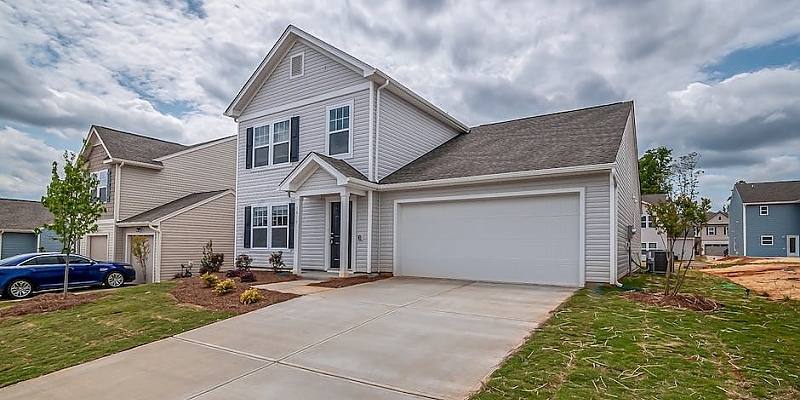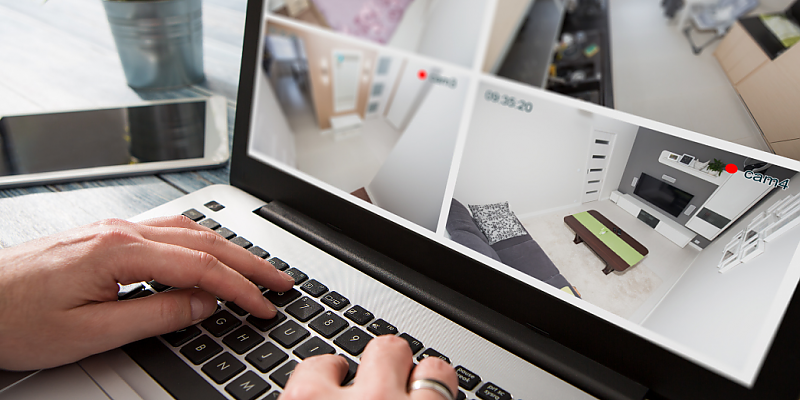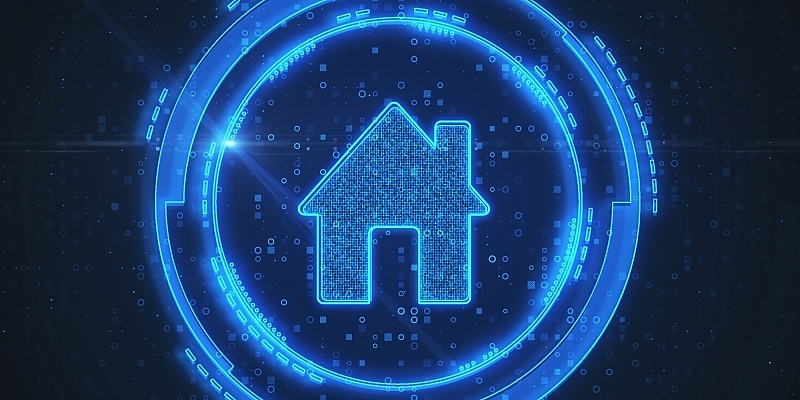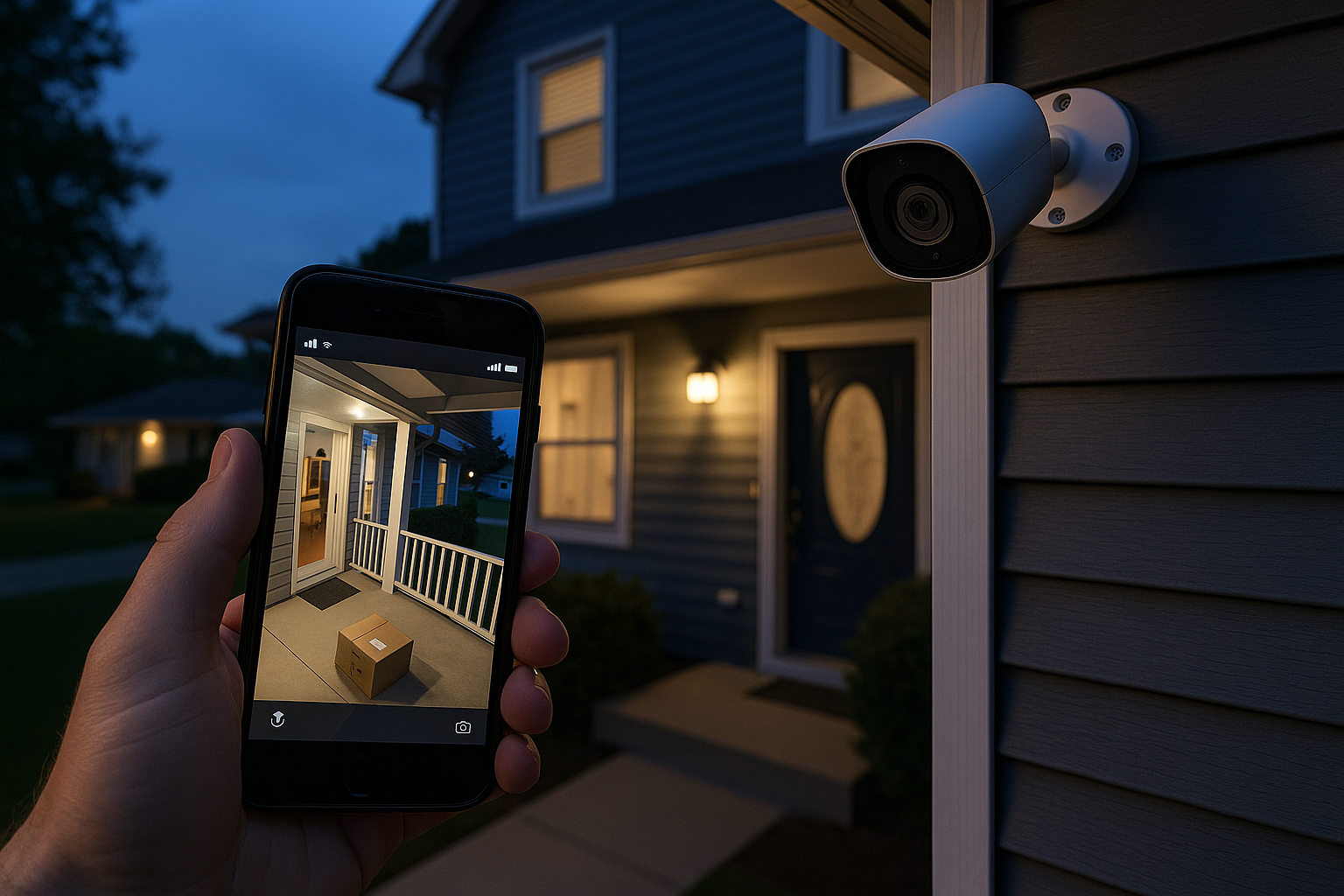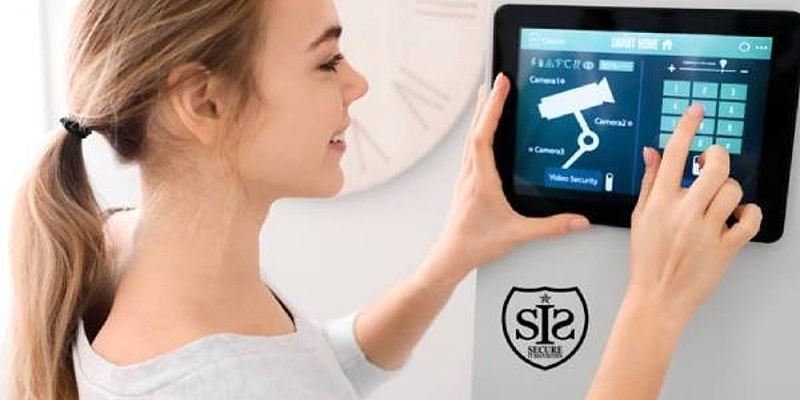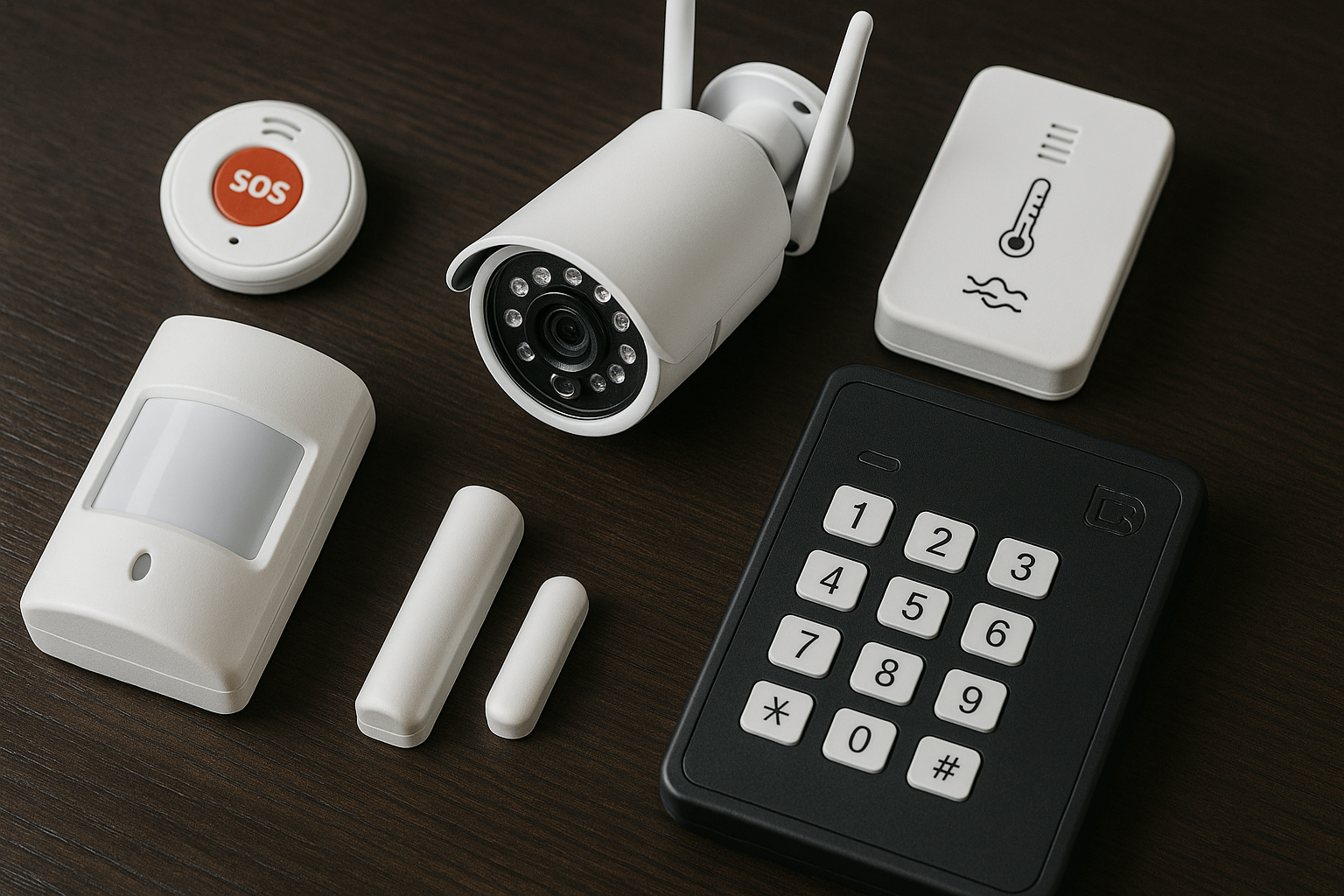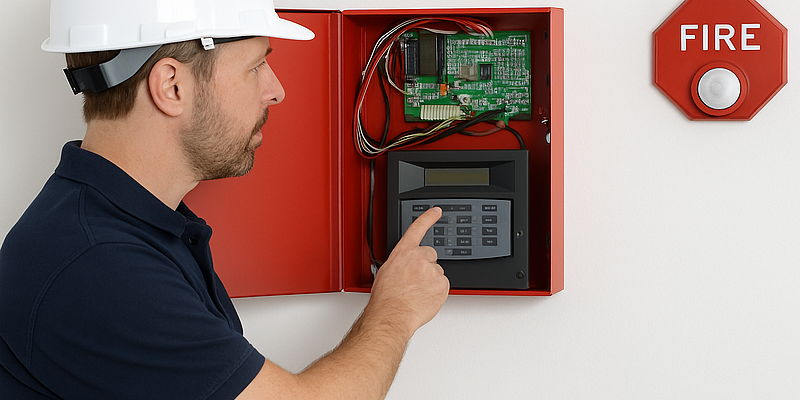-
24 Hour Emergency Service
- 24 Hour Emergency Service
Your Guide To Smart Home Device Sensors
Types of sensors used in smart home devices
Smart home devices are equipped with various types of sensors that play a crucial role in enhancing the functionality and efficiency of these devices. These sensors enable smart devices to perceive and respond to changes in their environment, ultimately improving user experience and convenience. Understanding the different types of sensors used in smart home devices is essential for maximizing their utility in everyday life.
Motion Sensors
Motion sensors are commonly integrated into smart home devices to detect movement within a specific area. These sensors work by detecting changes in infrared energy, such as body heat, in their surroundings. Motion sensors are often utilized in smart lighting systems, security cameras, and automated door locks to enhance security and energy efficiency within the home.
Light Sensors
Light sensors, also known as ambient light sensors, are designed to measure the amount of light in a given space. By detecting variations in light levels, these sensors enable smart devices to adjust display brightness, activate lighting systems, and optimize energy consumption. Light sensors are commonly found in smart thermostats, outdoor lighting systems, and smart window shades.
Temperature Sensors
Temperature sensors are essential components of smart home devices that monitor and regulate the temperature within a home. These sensors provide real-time temperature readings, allowing smart thermostats and heating systems to maintain a comfortable indoor climate. By leveraging temperature sensors, homeowners can save on energy costs while ensuring optimal comfort levels.
Humidity Sensors
Humidity sensors are responsible for measuring the moisture levels in the air, enabling smart devices to control indoor humidity levels effectively. These sensors are commonly used in smart HVAC systems, air purifiers, and weather stations to prevent mold growth, improve air quality, and enhance overall home comfort. Humidity sensors are particularly beneficial in regions with varying humidity levels throughout the year.
Proximity Sensors
Proximity sensors detect the presence of nearby objects without physical contact, making them ideal for smart home applications such as touchless faucets, automatic doors, and smart security systems. By utilizing proximity sensors, smart devices can provide hands-free interaction and enhanced convenience for users. These sensors enhance the overall functionality and accessibility of smart home devices.
The incorporation of various sensors in smart home devices is essential for creating a truly automated and responsive living environment. By understanding the different types of sensors available and their respective functions, homeowners can make informed decisions when selecting and optimizing their smart home devices. The strategic placement of sensors in key areas of the home is crucial for maximizing their effectiveness and ensuring seamless integration with other smart devices. By leveraging the capabilities of sensors in smart home technology, users can enjoy a more efficient, secure, and comfortable living space.
Importance of sensor placement in optimizing smart home device functionality
Your Smart Home's Functionality Relies on Sensor Placement
Optimizing the functionality of your smart home devices heavily depends on the strategic placement of sensors throughout your living space. Sensors serve as the eyes and ears of your smart home system, enabling it to detect changes in the environment and respond accordingly. Ensuring that sensors are placed in the right locations is crucial for enhancing the overall performance and efficiency of your smart home setup.
One key aspect of sensor placement to consider is the proximity to the devices they are meant to control or monitor. For example, motion sensors should be positioned in areas where motion is expected to occur, such as entryways, hallways, or living spaces. Placing them strategically in these high-traffic areas ensures that they can effectively detect movement and trigger the desired actions, such as turning on lights or adjusting the thermostat.
Furthermore, sensor placement should take into account potential obstructions or sources of interference that could impede their functionality. By avoiding barriers such as large furniture, metal objects, or electronic devices that could disrupt the sensor signals, you can help maintain consistent communication between the sensors and the connected smart home devices.
It is also essential to consider the range and coverage area of each sensor to ensure comprehensive monitoring of the designated space. Understanding the capabilities of each sensor type and placing them strategically to overlap where necessary can help eliminate blind spots and gaps in coverage, providing you with a more reliable and robust smart home system.
Regularly evaluating and adjusting the placement of sensors based on the performance and responsiveness of your smart home devices is recommended to fine-tune their effectiveness. This iterative approach allows you to identify and address any issues or limitations in sensor coverage and functionality, ultimately enhancing the overall user experience and convenience of your smart home.
By paying attention to the placement of sensors in your smart home environment, you can optimize the performance and functionality of your connected devices, creating a seamless and efficient automation experience that aligns with your lifestyle and preferences.
Key Takeaway:
Understanding the different types of sensors utilized in smart home devices and the strategic placement of these sensors are crucial in maximizing the efficiency and effectiveness of your smart home system. The correct positioning of sensors such as motion sensors, light sensors, temperature sensors, and more can significantly enhance the overall performance and automation capabilities of your smart home devices. By optimizing sensor placement, you can ensure seamless communication between devices, improved responsiveness to triggers, and enhanced user experience within your smart home ecosystem.
Conclusion
As you can see, the types of sensors used in smart home devices are diverse and each serves a specific purpose in enhancing the functionality and efficiency of your smart home ecosystem. From motion sensors that detect movement to temperature sensors that regulate heating and cooling systems, the integration of these sensors plays a crucial role in creating a seamless and convenient living experience. By understanding the different types of sensors available, you can make informed decisions when selecting and setting up smart home devices in your living space.
Equally important to the types of sensors being utilized is the placement of these sensors within your home. Sensor placement is a critical aspect that directly impacts the performance and effectiveness of your smart home devices. Proper positioning of sensors ensures that they can accurately detect changes, movement, or variations in their surroundings, allowing for prompt and precise responses from interconnected devices. For instance, placing motion sensors at strategic locations such as entry points or hallways can enhance security measures, while positioning light sensors in areas with ample natural light can optimize energy efficiency.
When setting up your smart home devices, keep in mind that sensor placement should be tailored to the specific functions and objectives you aim to achieve. For instance, if you want to maximize security, consider placing motion sensors at key entry points and in common areas where movement is expected. Additionally, ensure that sensors are not obstructed by objects or furniture that could interfere with their ability to detect changes effectively. By strategically situating sensors throughout your home, you can harness the full potential of your smart home system and enjoy a more intelligent and responsive living environment.
The world of smart home devices is rapidly evolving, offering a wide array of sensor-based technologies that empower homeowners to create efficient, secure, and convenient living spaces. By familiarizing yourself with the different types of sensors available and understanding the significance of sensor placement in optimizing device functionality, you can make informed choices that enhance the performance of your smart home ecosystem. Whether you are looking to improve home security, increase energy efficiency, or simply streamline daily tasks, the strategic integration of sensors is key to unlocking the full potential of your smart home devices. Embrace the possibilities that sensor technology offers and transform your living space into a truly intelligent and responsive home environment.
--
Remember to leave a comment if you found any of this helpful and to share it with someone who you think can benefit from this. Secure it Securities is the only security company that protects you for free – Download our free guide The Top 5 questions to ask your security company. Join Now!
Reach out to Secure It Securities Corp today for a personalized consultation and get started on securing and automating your property in Rockland County, NY.
Contacting us is easy – simply reach out to us via phone, email, or by booking a call to speak with one of our security experts.
Don't wait until it's too late to protect your property and loved ones. Take the first step towards a safer and more secure future by contacting Secure It Securities Corp today!
Looking for details about our comprehensive security solutions? Visit our Interactive Home Security page to learn more. Ready to experience peace of mind? Contact us today to get started.
‹ Back


